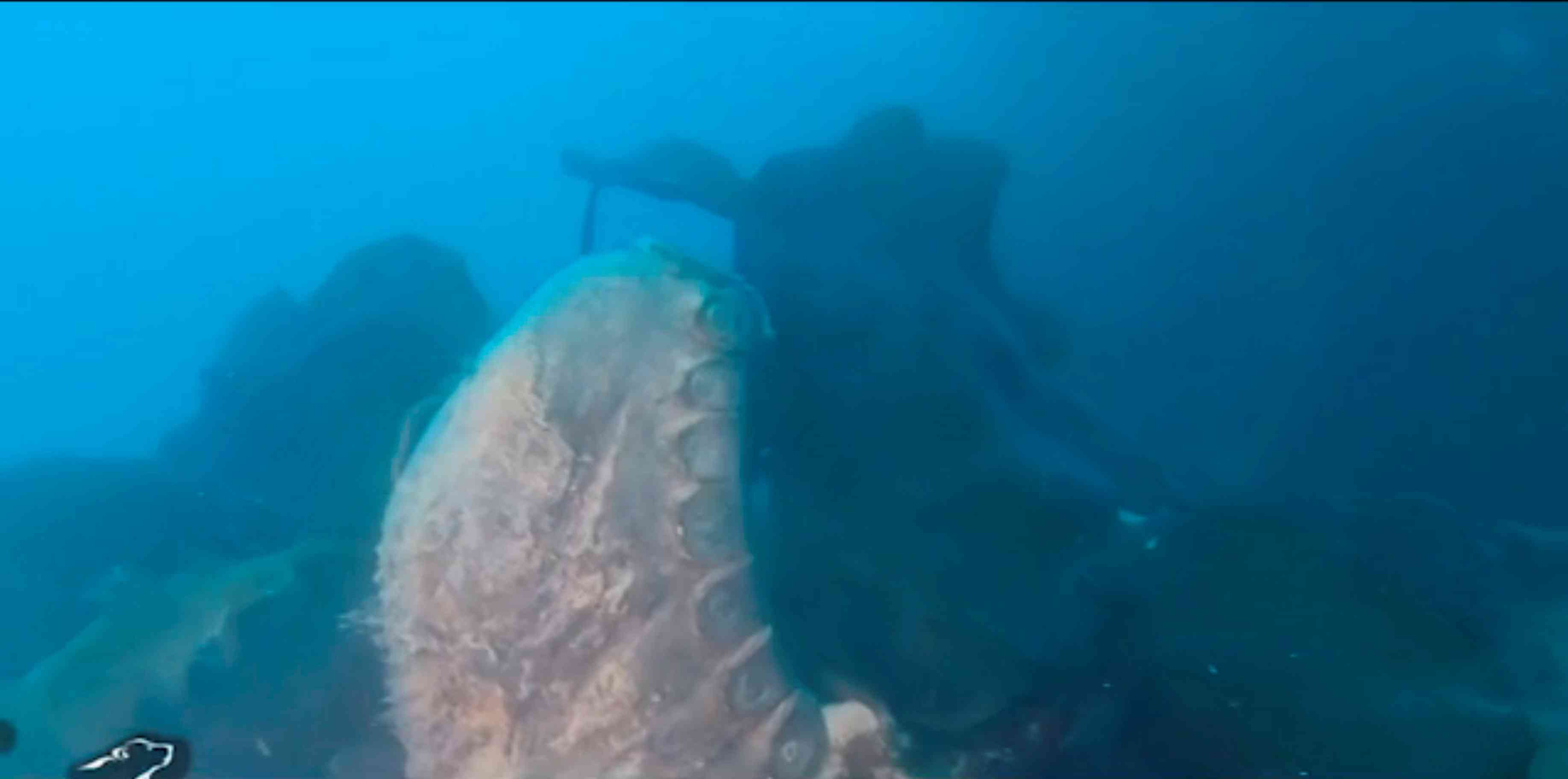How Inuit knowledge helped searchers find the wrecks of Franklin expedition ships

As researchers prepare to explore Sir John Franklin’s doomed ships for the first time since they vanished over 169 years ago, curators telling the tale for the next generation have asked this question: What does Franklin mean to Nunavut?
The answer — as Franklin historian and Inuit knowledge collector, Louie Kamookak, tells it — kept a standing-room-only audience enthralled during the opening night of “Inuit Qaujimajatuqangit and Franklin,” a new exhibit at the Nunatta Sunakkutaangit Museum in Iqaluit Jan. 19.
Kamookak said Franklin has been a part of his life since he was seven years old, hearing his first stories about the tragedy from his great-grandmother while his family was still living on the land.
“Inuit history is strong,” Kamookak told about 50 attendees crammed into the museum’s main gallery. “It helped solve the greatest mystery that haunted the mystery searchers for the last 170 years.”
That mystery consumed Kamookak, who, over the last several decades, pieced together tales from Inuit families living in the regions around King William Island.
More than 10 distinct groups surrounded the areas where the HMS Terror and HMS Erebus sank, he said, and Inuit stories pointed the way for searchers—if they were willing to listen.
Relics were numerous: His great-grandmother and her family visited old Franklin camps about 20 years after disaster, collecting a butter knife that was used as chisel for many years after, he said.
And the Ugjulingmiut, living in the islands around the Adelaide Peninsula, told stories of a boat they salvaged from for years before it was crushed by ice and sank.
The name of that area, which translates in English to “the boat sank here,” appeared on a map of Inuit testimony collected by American explorer Charles Francis Hall in 1867.
That location was ultimately proven to be the final resting place of the Erebus, when Parks Canada divers identified the ship—147 years after Inuit said where it was—in 2014.
That site, and many more, make up the more than 400 Inuit place names surrounding King William Island and collected by Kamookak during his research.
Now that the ships are found, Kamookak says it important to preserve that priceless knowledge for the next generation, both within Nunavut and for Inuit but also for the world.
“[The planned heritage centre in Gjoa Haven] will be preserving the story and the knowledge so that generations to come will be able to learn,” he told Nunatsiaq News after his keynote address.
“We don’t have those facilities like they have in the south. A museum in the communities will allow people to go there and learn about their history.”
Nunavut Education Minister Paul Quassa, who introduced Kamookak, empasized the importance of using Inuit Qaujimajaqutangit in the classroom, and the value of the Franklin story for Nunavut students.
“Its an honor to say IQ is now being well understood and believed in,” he said.
“Without IQ I don’t know if we would have survived.”
Quassa announced the implementation of a Grade 8 Franklin curriculum available to Nunavut schools, which will be used to teach IQ in parallel to the evolving history of the expedition.
The Terror was discovered by surprise last September, thanks to a tip from Gjoa Haven native Sammy Kogvik, who had spotted the ship’s mast in Terror Bay some years before.
Following the ship’s discovery, negotiations have begun over the ownership and future display of the relics.
Kamookak credits ongoing cooperation between Nunavut, Parks Canada and other stakeholders who will be responsible for the management of artifacts exhumed from both ships.
He insists that goodwill should rule the day.
“There’s enough items to go around, I think everybody should work together and everybody will have a chance to benefit,” he said.
The Nunatta Sunakkutaangit Museum’s Franklin exhibit is a multi-media collection of replica Franklin artifacts, Inuit testimony and first-hand recorded accounts from the recent Parks Canada-led expeditions for the ships.
The exhibit will run until March 4 but will be supplemented with additional material over that time, Parks Canada announced at the opening.
Kamookak was named as one of three recipients for this year’s Order of Nunavut and will accept the award during the winter sitting of Nunavut’s Legislative Assembly in Iqaluit this February.